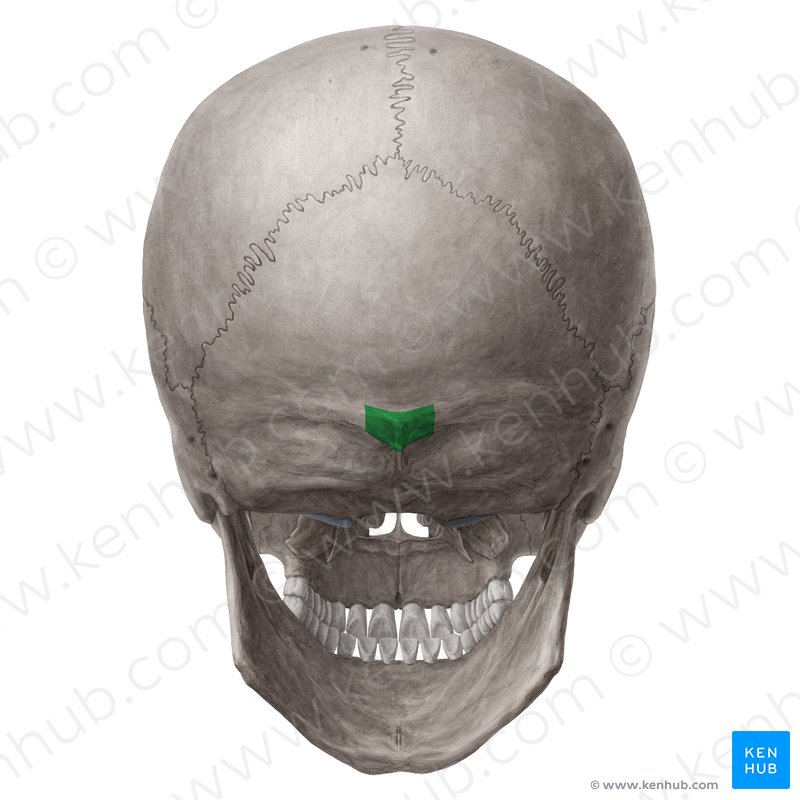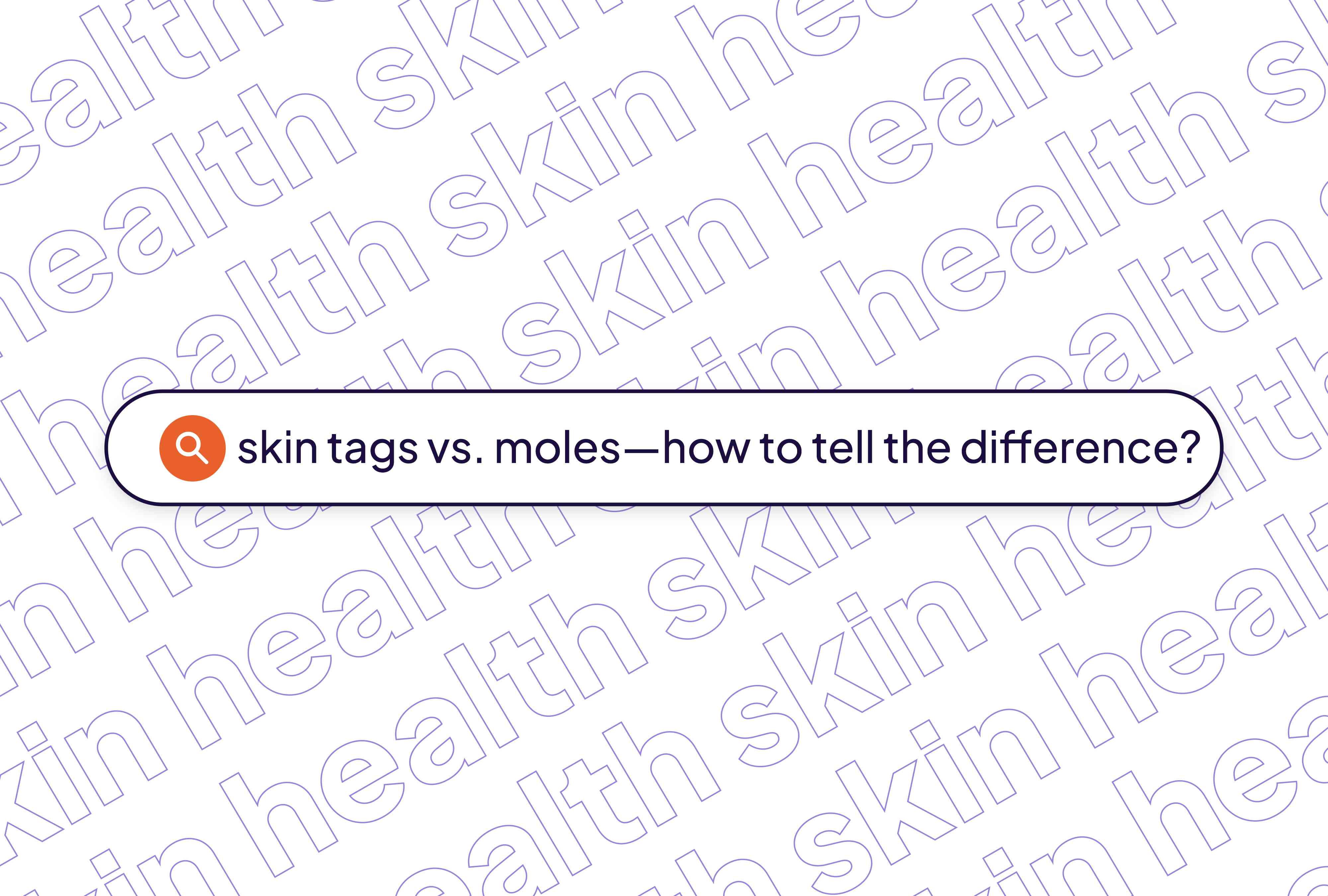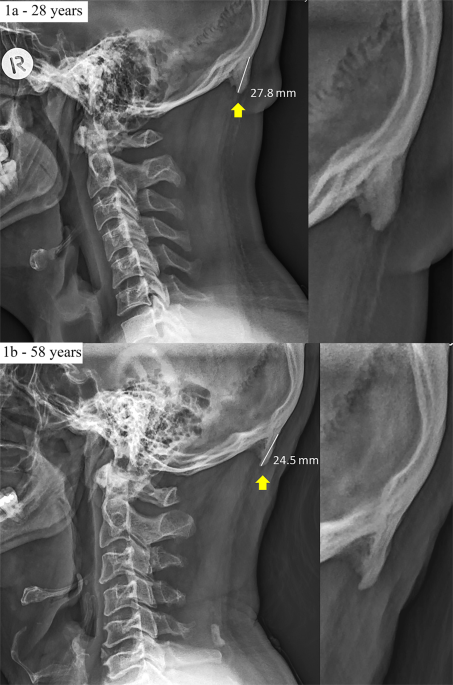paulie_walnuts
rookie of the year
- Joined
- Jul 12, 2019
- Posts
- 1,438
- Reputation
- 1,479
‘Horns’ Are Growing on Human Skulls Because of Phone Use, Scientists Say
It’s no secret that your cell phone can disrupt your health. But here’s a potential risk of cell phone use you may not have seen coming: A new study suggests our skeletons are adapting to our handheld device obsession.
How so? By helping us adjust to a position that most of us who are constantly checking our emails are familiar with: phone in hand, head bent down.
Researchers from Australia say cell phones might be the reason young adults are developing “enlarged external occipital protuberance” (EEOP). The occipital bone is the main bone of the lower part of the skull. What the scientists are saying is that our bodies are adjusting to worsening posture by growing a horn-like spike at the base of our skulls to relieve pressure induced by hours spent hunched over our phones.


 www.health.com
www.health.com

 www.nature.com
www.nature.com
It’s no secret that your cell phone can disrupt your health. But here’s a potential risk of cell phone use you may not have seen coming: A new study suggests our skeletons are adapting to our handheld device obsession.
How so? By helping us adjust to a position that most of us who are constantly checking our emails are familiar with: phone in hand, head bent down.
Researchers from Australia say cell phones might be the reason young adults are developing “enlarged external occipital protuberance” (EEOP). The occipital bone is the main bone of the lower part of the skull. What the scientists are saying is that our bodies are adjusting to worsening posture by growing a horn-like spike at the base of our skulls to relieve pressure induced by hours spent hunched over our phones.


How to Tell the Difference Between a Skin Tag and a Mole
Skin tags and some moles are benign. Changes in mole color, shape, or size may indicate skin cancer and should be removed.

Prominent exostosis projecting from the occipital squama more substantial and prevalent in young adult than older age groups - Scientific Reports
Recently we reported the development of prominent exostosis young adults’ skulls (41%; 10–31 mm) emanating from the external occipital protuberance (EOP). These findings contrast existing reports that large enthesophytes are not seen in young adults. Here we show that a combination sex, the...


